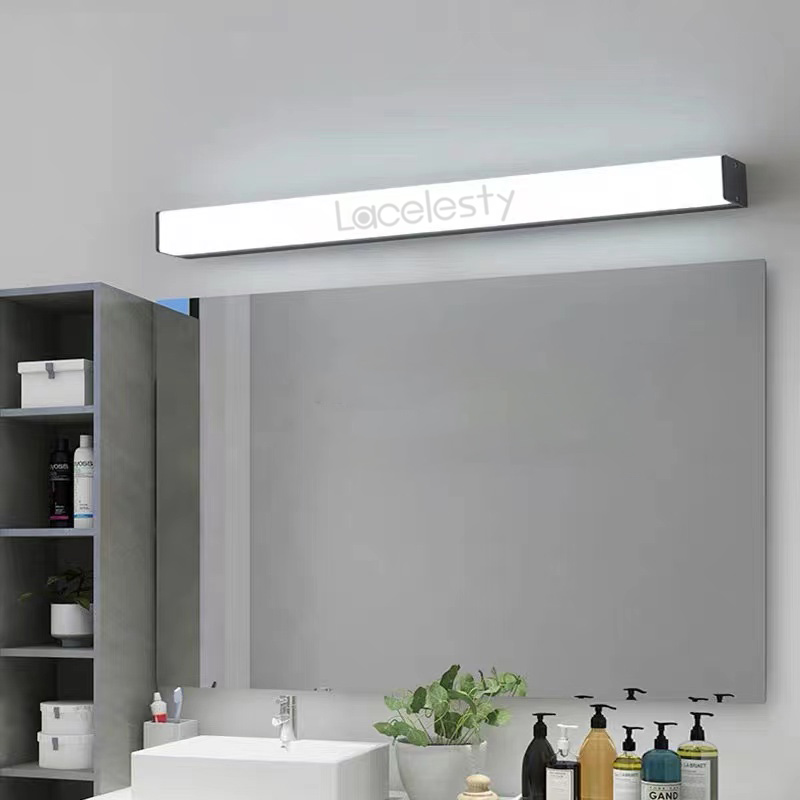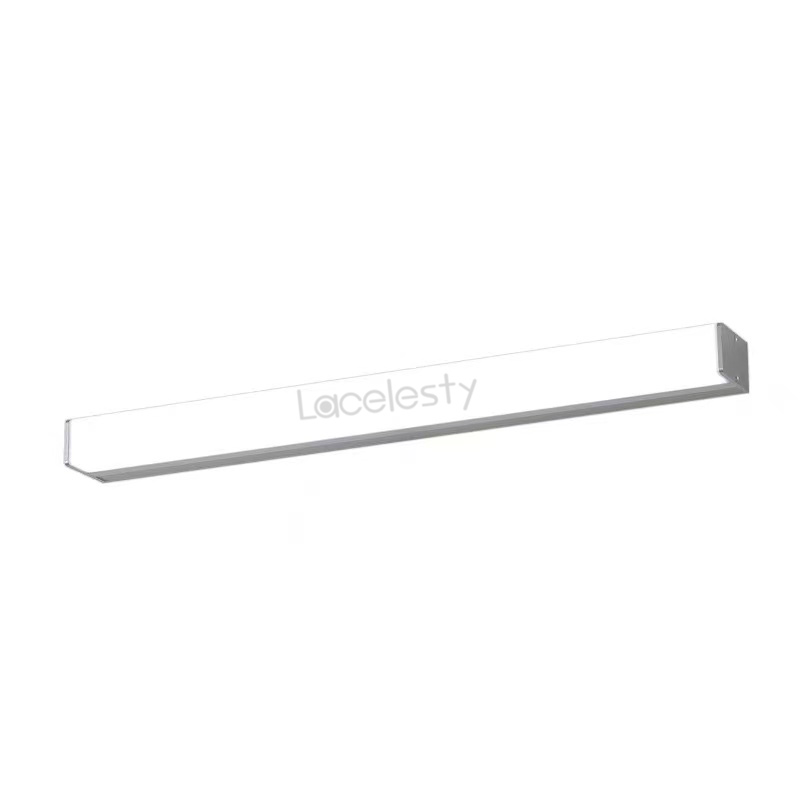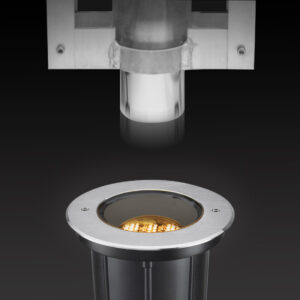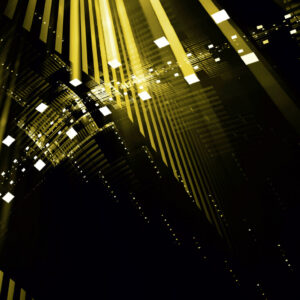Installing LED lights on a glass can be done by attaching a strip of LED lights onto the frame or glass face of the glass. The LED strip should immaculately be placed on all four sides so the lighting will be impeccably balanced and all corridor of your face and neck will beilluminated.However, you can attach the LED strip light directly onto the face of the glass, creating a thin lighted frame, If the glass does n’t have a frame.
LED lights to need electricity to work, so you need to make sure there’s a suitable power outlet to connect the lights to. It’s important to follow the manufacturer’s instructions for attaching the LED light strip into a compatible power force unit and connecting it to electrical power.
This is the easiest and simplest system of putting LED lights on a glass. We ’ll go into the step- by- step process below.
Part 1 Preparing the Accoutrements
Part 1 of this DIY lighted glass design is the medication stage. For this primary step, you ’ll need to prepare and measure your glass, acquire LED strip lights, and get a compatible power force unit.
Preparing and Measuring the Mirror
The first step is to prepare and measure the glass you want to put lights on. For this design, it would be easier to use a square or a blockishmirror.However, it’s ideal to put the lights on the frame itself, If you have a framed glass.
Use a vid measure or a sovereign to measure the top, sides, and nethermost part of the glass where you want the lights togo.However, make your measures an inch from the edges, If the glass doesn’;t have a frame. This way, the lights would serve as a border or a lighted frame.
Take note of the dimension because this will give you an idea of the length of the LED strip light you ’llneed.However, multiply this dimension by 2 and also add an allowance of about 4- 6 elevation in case you need to acclimate the lights, If you want the lights to be brighter.
Getting LED Strip Lights
;
For this design, you’;ll use LED strip lights, also called LED vid lights. LED strip lights come in a roll or a roll and have an tenacious backing that makes them easy to stick to a face.
Choose a warm white color temperature with a Color Rendering Index or CRI of at least 90. This is closest to daylight or natural light and would render colors directly. Check to see if the length of the LED strip is enough for your design, grounded on the dimension of your glass.
Getting the Power Supply Unit and Connectors
To connect the LED lights to electricity, you ’ll need a power force unit and LED strip connectors. The power unit looks like an appendage for laptops and other electronic bias. It should be compatible with the voltage that the LED strip lights use. The LED lights connect to the power force unit, which is also plugged into a power outlet near where the glass would be placed.
Still, you can get all of these as a pack, If you ’re not sure about the type of power unit and other accessories you ’ll need for your LED lights. Some manufacturers and distributors vend LED strips as part of a lighting tackle complete with accessories. You can indeed choose to buy a dimmer along with the LED strip and power unit.
Part 2 Installing the LED Lights
This is the main part of the DIY lighted glass design, and it’s where you attach the LED strip light to the glass, connect it to a power source, and test it.
Attaching the LEDs
Once you have your glass, the LED strip, and the power unit ready, you can start attaching the LED lights to the glass. Cut the length of strip light you need grounded on the measures you ’ve made. Make sure you only cut along the designated slice point as shown in the LED strip educational primer which is included in the package.
Ar aghaidh, wipe down the part of the glass’s frame or glass where you’;ll be putting the LED lights. It’s important to remove any dust or canvases from the face so that the lights will cleave better and stay put.
After drawing the glass, peel off the tenacious backing from the LED strip and precisely stick the strip on the glass’s frame or face. LED strip lights are flexible so you can bend them around corners. Check out this videotape to see how it’s done.
Take time to make sure each part is taped downwell.However, you can use thin double- sided vid to secure the strip on the glass, If there’;s any part that wo n’t stick to the face.
Connecting the Lights to the Power Supply Unit
After you finish sticking the LED strip onto the glass, you need to connect it to the power force unit. The system of setting up the strip light and connecting it to the power force unit varies because this would depend on where you bought these factors and the design of the strip.
You can find a ready- chuig- use LED strip with a DC container at the end or come with solderless connectors so you can fluently connect the strip to the power force unit. Check the instruction primer included with the lighting tackle so you can be guided consequently.
Testing the Mirror Lights






